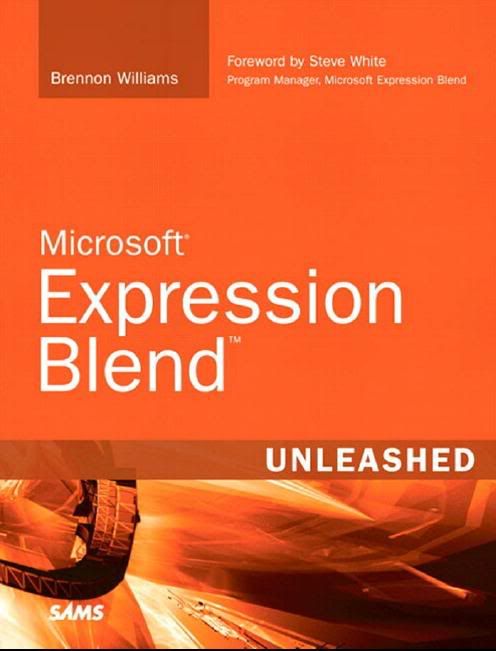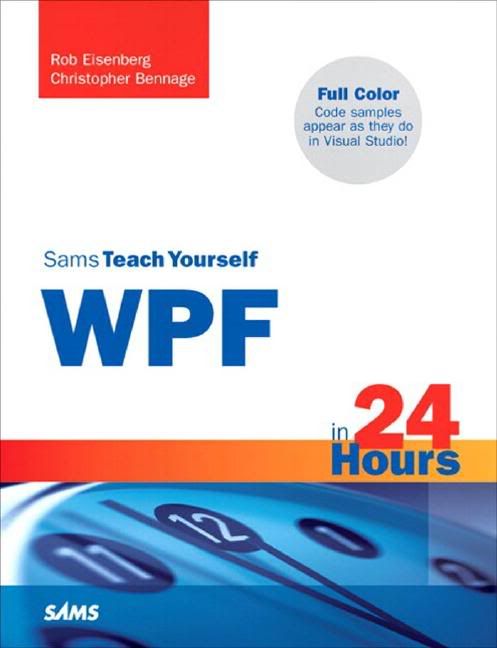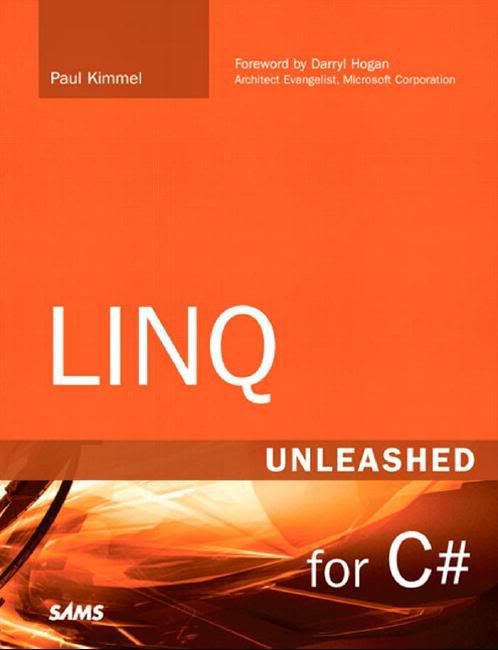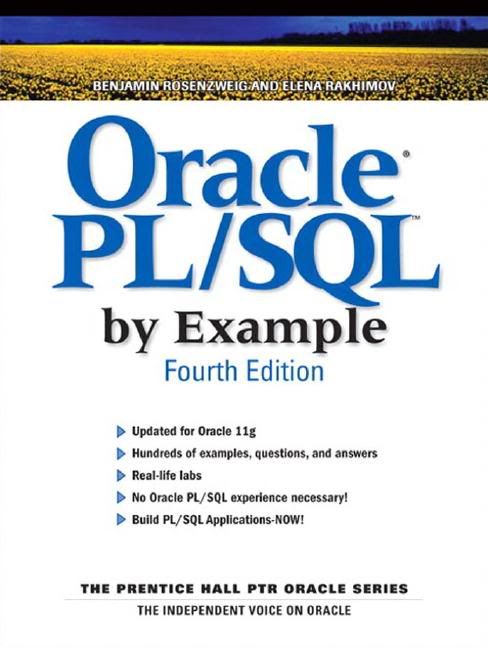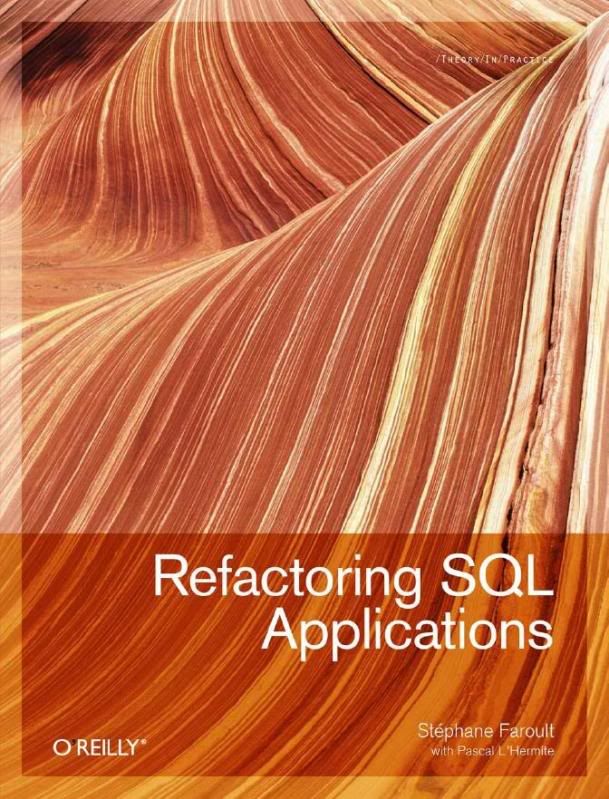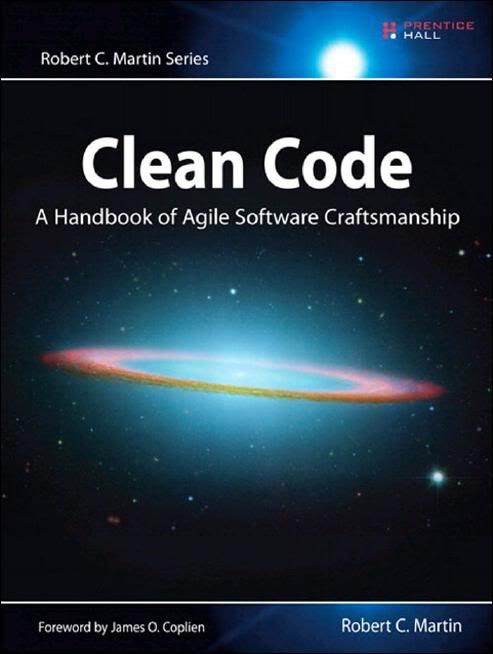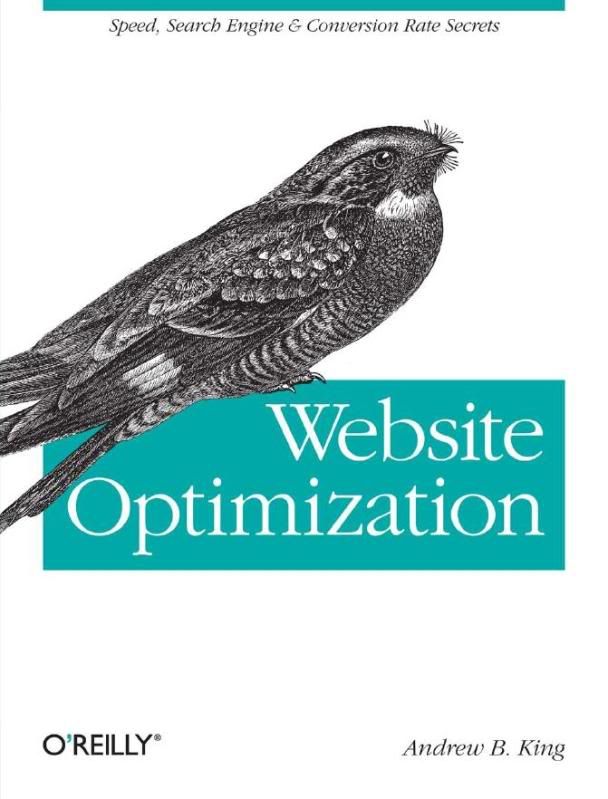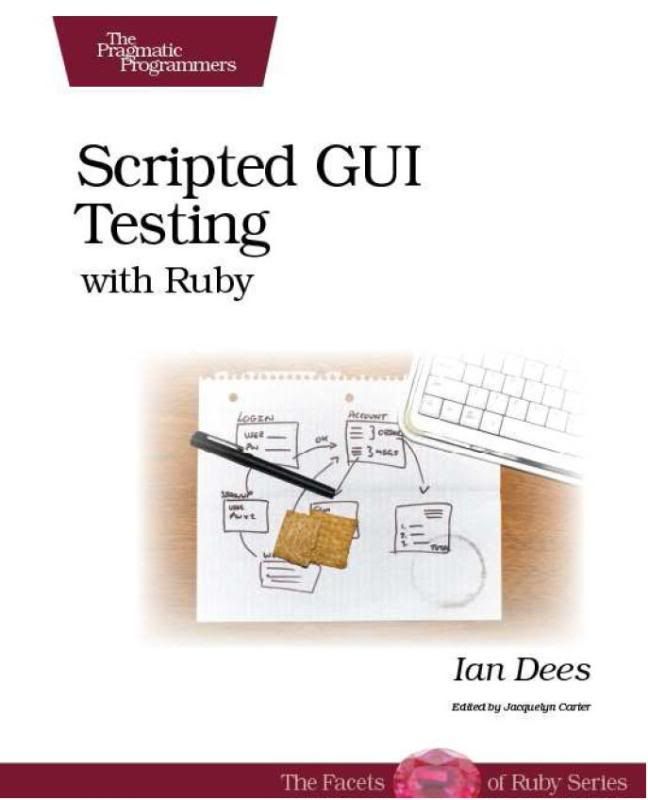Microsoft Expression Blend Unleashed is about learning a new tool for designers, but also learning a new mindset for developers. Expression Blend enables the delivery of rich interactive applications, for the web as well as the desktop, allowing you to take graphical assets and blend them with functional .NET code through the power of XAML and the WPF platform. Microsoft Expression Blend Unleashed also features a C# Primer, introducing designers to the .NET Framework. .NET allows the reader to extend the functionality of many of the WPF elements used in Expression Blend. The most important concept for the reader to grasp is that Blend and Visual Studio together are about facilitating the kind of user experience everyone wants from the applications they use. This book will give you the skill set whether you are a designer or developer; from there, you just need to use a little imagination.
Detailed information on how to…
* Design and develop WPF applications
* Use Blend’s animation workflows
* Design and implement WPF template types
* Create and manage Resource Dictionaries
* Master WPF Style templates
* Handle control events
* Understand advanced control properties in XAML/Blend/C#
* Create customized controls through inheritance
* Understand the fundamentals of XAML-based design and development
* Implement effective XML, CLR Data binding, and XAML template binding
* Extend XAML functionality with C# code
* Implement video and audio in your applications
* Use Blend as part of your designer/developer workflow
Thursday, April 23, 2009
Microsoft Expression Blend Unleashed
Sams Teach Yourself WPF in 24 Hours
In just 24 sessions of one hour or less, you will be able to begin effectively using WPF to solve real-world problems, developing rich user interfaces in less time than you thought possible.
Using a straightforward, step-by-step approach, each lesson builds on a real-world foundation forged in both technology and business matters, allowing you to learn the essentials of WPF from the ground up.
Step-by-step instructions carefully walk you through the most common questions, issues, and tasks.
The Q&A sections, quizzes, and exercises help you build and test your knowledge.
By the Way notes present interesting pieces of information.
Did You Know? tips offer advice or teach an easier way to do something.
Watch Out! cautions advise you about potential problems and help you steer clear of disaster.
Learn how to...
* Use XAML to build user interfaces
* Leverage data binding to minimize tedious code
* Create visually engaging applications
* Architect and design WPF applications using proven patterns such as MVP
* Incorporate audio and video into your applications
* Customize controls with styles, templates, and animation
* Apply best practices for developing software with WPF
* Deploy WPF applications to the desktop and Web
* Take advantage of WPF’s advanced printing capabilities
* Grow as a developer by improving your overall software design skills

LINQ Unleashed: for C#
Microsoft’s highly anticipated LINQ query technology makes it easy to retrieve any information programmatically from any data source, no matter where it comes from or how it’s stored. Using LINQ, developers can query objects, relational databases, XML documents, and ADO.NET datasets--and do it all directly from C# 3.0, leveraging the powerful capabilities of LINQ.
This is a definitive guide to getting real-world results with LINQ, using C# 3.0 and Visual Studio 2008. In LINQ Unleashed, Microsoft MVP Paul Kimmel covers every facet of LINQ programming, showing how LINQ can help you dramatically improve your productivity and build more reliable, maintainable applications.
Kimmel begins by reviewing the state-of-the-art C# programming techniques LINQ uses, including anonymous types, partial methods, and Lambda expressions. Next, using realistic examples and easy-to-adapt sample code, he details the most powerful new LINQ techniques for accessing objects, databases, and XML. You’ll gain a deep and practical understanding of how LINQ works “under the hood”--and learn how to do everything from selecting data through integrating XML with other data models.
* Build efficient LINQ queries to .NET objects, SQL databases, and XML content
* Utilize anonymous types to reduce design time, coding effort, and debugging time
* Automatically generate .NET state machines with the new yield return construct
* Master LINQ query syntax, operators, extension methods, sorting, grouping, aggregate and set operations, and more
* Make the most of select--and use it in the business layer of your n-tier applications
* Query relational data stored in Microsoft SQL Server
* Use nullable types to eliminate unnecessary database access plumbing code
* Use LINQ with ADO.NET 3.0 and Microsoft’s powerful new Entity Framework
* Extract XML data without the hassles or complexity of XPath
* Automatically construct XML from CSV files and other non-XML data
* Query Active Directory by extending LINQ

Oracle PL/SQL by Example (4th Edition)
This integrated learning solution teaches all the Oracle PL/SQL skills you need, hands-on, through real-world labs, extensive examples, exercises, and projects! Completely updated for Oracle 11g, Oracle PL/SQL by Example, Fourth Edition covers all the fundamentals, from PL/SQL syntax and program control through packages and Oracle 11g’s significantly improved triggers.
One step at a time, you’ll walk through every key task, discovering the most important PL/SQL programming techniques on your own. Building on your hands-on learning, the authors share solutions that offer deeper insights and proven best practices. End-of-chapter projects bring together all the techniques you’ve learned, strengthening your understanding through real-world practice.
This book’s approach fully reflects the authors’ award-winning experience teaching PL/SQL programming to professionals at Columbia University. New database developers and DBAs can use its step-by-step instructions to get productive fast; experienced PL/SQL programmers can use this book as a practical solutions reference. Coverage includes
• Mastering basic PL/SQL concepts and general programming language fundamentals, and understanding SQL’s role in PL/SQL
• Using conditional and iterative program control techniques, including the new CONTINUE and CONTINUE WHEN statements
• Efficiently handling errors and exceptions
• Working with cursors and triggers, including Oracle 11g’s powerful new compound triggers
• Using stored procedures, functions, and packages to write modular code that other programs can execute
• Working with collections, object-relational features, native dynamic SQL, bulk SQL, and other advanced PL/SQL capabilities
• Handy reference appendices: PL/SQL formatting guide, sample database schema, ANSI SQL standards reference, and more

Saturday, April 11, 2009
Refactoring SQL Applications
What can you do when database performance doesn't meet expectations? Before you turn to expensive hardware upgrades to solve the problem, reach for this book. Refactoring SQL Applications provides a set of tested options for making code modifications to dramatically improve the way your database applications function. Backed by real-world examples, you'll find quick fixes for simple problems, in-depth answers for more complex situations, and complete solutions for applications with extensive problems. Learn to:
* Determine if and where you can expect performance gains
* Apply quick fixes, such as limiting calls to the database in stored functions and procedures
* Refactor tasks, such as replacing application code by a stored procedure, or replacing iterative, procedural statements with sweeping SQL statements
* Refactor flow by increasing parallelism and switching business-inducted processing from synchronous to asynchronous
* Refactor design using schema extensions, regular views, materialized views, partitioning, and more
* Compare before and after versions of a program to ensure you get the same results once you make modifications
Refactoring SQL Applications teaches you to recognize and assess code that needs refactoring, and to understand the crucial link between refactoring and performance. If and when your application bogs down, this book will help you get it back up to speed.

Clean Code: A Handbook of Agile Software Craftsmanship
Even bad code can function. But if code isn’t clean, it can bring a development organization to its knees. Every year, countless hours and significant resources are lost because of poorly written code. But it doesn’t have to be that way.
Noted software expert Robert C. Martin presents a revolutionary paradigm with Clean Code: A Handbook of Agile Software Craftsmanship. Martin has teamed up with his colleagues from Object Mentor to distill their best agile practice of cleaning code “on the fly” into a book that will instill within you the values of a software craftsman and make you a better programmer—but only if you work at it.
What kind of work will you be doing? You’ll be reading code—lots of code. And you will be challenged to think about what’s right about that code, and what’s wrong with it. More importantly, you will be challenged to reassess your professional values and your commitment to your craft.
Clean Code is divided into three parts. The first describes the principles, patterns, and practices of writing clean code. The second part consists of several case studies of increasing complexity. Each case study is an exercise in cleaning up code—of transforming a code base that has some problems into one that is sound and efficient. The third part is the payoff: a single chapter containing a list of heuristics and “smells” gathered while creating the case studies. The result is a knowledge base that describes the way we think when we write, read, and clean code.
Readers will come away from this book understanding
* How to tell the difference between good and bad code
* How to write good code and how to transform bad code into good code
* How to create good names, good functions, good objects, and good classes
* How to format code for maximum readability
* How to implement complete error handling without obscuring code logic
* How to unit test and practice test-driven development
This book is a must for any developer, software engineer, project manager, team lead, or systems analyst with an interest in producing better code.

Website Optimization: Speed, Search Engine & Conversion Rate Secrets
Remember when an optimized website was one that merely didn't take all day to appear? Times have changed. Today, website optimization can spell the difference between enterprise success and failure, and it takes a lot more know-how to achieve success.
This book is a comprehensive guide to the tips, techniques, secrets, standards, and methods of website optimization. From increasing site traffic to maximizing leads, from revving up responsiveness to increasing navigability, from prospect retention to closing more sales, the world of 21st century website optimization is explored, exemplified and explained.
Website Optimization combines the disciplines of online marketing and site performance tuning to attain the competitive advantage necessary on today's Web. You'll learn how to improve your online marketing with effective paid and natural search engine visibility strategies, strengthened lead creation and conversion to sales methods, and gold-standard ad copywriting guidelines. Plus, your increased site speed, reduced download footprint, improved reliability, and improved navigability will work synergistically with those marketing methods to optimize your site's total effectiveness.
In this book for business and IT managers, author Andrew King, president of Website Optimization, LLC, has assembled experts in several key specialties to teach you:
Search engine optimization -- addressing best (and worst) practices to improve search engine visibility, including step-by-step keyword optimization guidelines, category and tag cloud creation, and guerilla PR techniques to boost inbound links and improve rankings Pay-per-click optimization -- including ad copywriting guidelines, setting profit-driven goals, calculating and optimizing bids, landing page optimization, and campaign management tips Optimizing conversion rates -- increasing leads with site landing page guidelines, such as benefit-oriented copy, credibility-based design, value hierarchies, and tips on creating unique selling propositions and slogans Web performance tuning -- optimizing ways to use (X)HTML, CSS, and Ajax to increase speed, reduce your download footprint, and increase reliability Advanced tuning -- including client-side techniques such as on-demand content, progressive enhancement, and inline images to save HTTP requests. Plus server-side tips include improving parallelism, using cache control, browser sniffing, HTTP compression, and URL rewriting to remap links and preserve traffic Web metrics -- illustrating the best metrics and tools to gather details about visitors and measure web conversion and success rates, and covering both search marketing metrics and web performance measures including Pathloss and waterfall graphs.
Website Optimization not only provides you with a strategy for success, it also offers specific techniques for you and your staff to follow. A profitable website needs to be well designed, current, highly responsive, and optimally persuasive if you're to attract prospects, convert them to buyers, and get them to come back for more. This book describes precisely what you need to accomplish to achieve all of those goals.

Scripted GUI Testing with Ruby
Scripted GUI Testing with Ruby is a practical, quick-moving tutorial based on real life, and real-world GUI applications.
Right out of the gate you'll start working with code to drive a desktop GUI. You'll discover the kinds of gotchas and edge cases that don't exist in simple, toy programs. As you add more tests, you'll learn how to organize your test code and write lucid examples. The result is a series of "smoke tests" team will run on Continuous Integration servers.
Next, we'll explore a variety of different testing tips and tricks. You'll employ a series of increasingly random and punishing test monkeys to try to crash programs. Table-driven techniques will show you how to check dozens of different input combinations. See how to use longer acceptance tests (in the form of stories) to represent the way a typical customer would use your program.
The book uses examples from Windows, OS X, and cross-platform Java desktop programs as well as Web applications. You'll develop test scripts in Ruby; you don't need to be a Ruby expert, but basic comfort with the language will be helpful.

